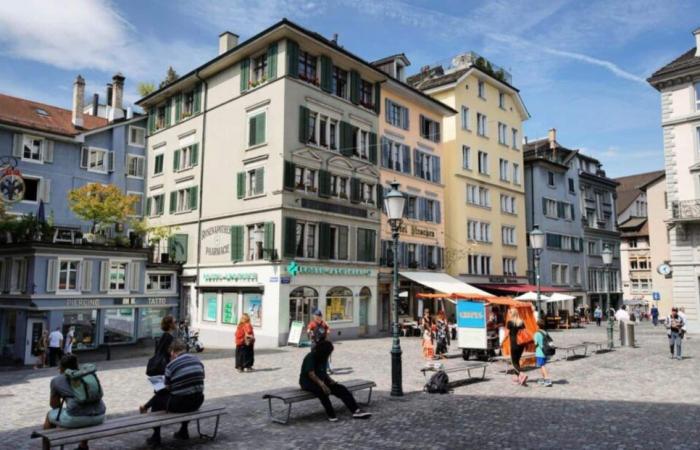The continued rise in real estate prices in Switzerland is not based solely on classic factors such as population growth or interest rates. A study and industry experts also point to the responsibility of sellers, accused of artificially inflate prices.
Indeed, if the increased demand linked to immigration and the free movement of people explains part of the price movement, sellers also play a role by imposing disproportionate margins, particularly in the most expensive segments of the market.
A rise in prices favored by migration and increased purchasing power
Since the entry into force of the agreement on the free movement of people between Switzerland and the EU in 2002, the annual net migration in Switzerland has reached on average 43,000 people. This constant flow has not only increased the demand for housing, but also attracted better-paid professionals, capable of establishing themselves in the real estate market. New arrivals, with higher incomeparticipate in the rise in prices by becoming solvent buyers. They can thus acquire real estate at significantly higher coststhus consolidating a trend that has become more pronounced over the years. A 2023 study even mentions a considerable positive effect of this migration on prices.
Sellers benefiting from favorable dynamics
The role of sellers cannot be ignored in this rise in prices. Ruedi Tanner, president of the Swiss Chamber of Real Estate Agents, points out that real estate agents have adopted a strategy aimed at overvaluing their properties. In some cases, real estate is offered at prices exceeding a fair valuation by 10 to 15%even up to 25% when they use tenders that exacerbate competition. Despite interest rate increases since 2022, prices remain high in large urban centers like Zurich, Berne or Genevawhere there is no shortage of buyers willing to pay. However, in less attractive regions like the Jura or parts of Ticinoovervalued properties struggle to find buyers.
A market correction still far away
Current data showst a slight increase in the duration of advertisements for goods located in the high price segment. However, according to Wüest Partner, demand remains strong in popular regions, preventing a real market correction. Forecasts for 2025 confirm this trend with a 3.4% increase in prices for apartments and of 3% for individual houses expected. Although these figures are lower than the increases in previous years, they highlight that homeownership remains increasingly out of reach for many households.






